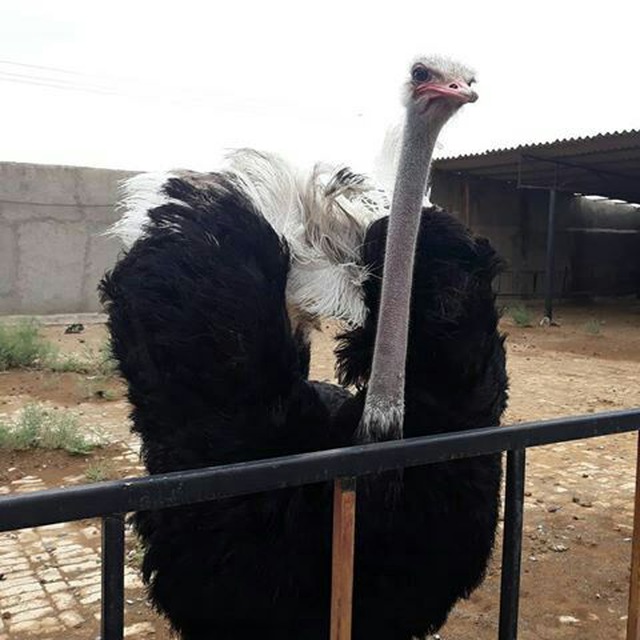hello
When ostrich urine becomes colored and viscous (thick and sticky), it indicates dehydration and is probably caused by insufficient drinking.
Urine is usually a little thicker at first.
Further, it can be seen in white, milky, green, orange and even red colors (which indicates the severity of the condition and the deterioration of the bird’s condition).
At the beginning of low drinking, when the blood concentration increases, ADH hormone is secreted and released in the blood, which tries to reduce water loss from the body by increasing the reabsorption of water from the nephrons (kidney units that produce urine) and thickening the urine.
In the short term, this process benefits the body and increases the probability of survival, especially in difficult conditions
But in the long run and with the continuation of this process, the high concentration of urine will cause several problems for the kidneys and the body:
1. High volume of urine washes different parts of kidneys such as nephrons, ureter (pelvis) and Also, the urethra and urodium (the place where urine accumulates in the bird’s cloaca) (similar to the bladder of mammals) are toxic and harmful. Therefore, the thickening of urine causes the accumulation of these substances, especially urate bases, which are the precursors of ammonia, in these organs and damage them.
2. This damage and destruction of tissues due to corrosive substances makes them more sensitive to pathogenic factors, increasing the possibility of infection, as a result, the possibility of kidney infection (nephritis) increases greatly.
3. With a decrease in the volume of urine, the renal clearance (purification) of the blood decreases and the accumulation of excretory and possibly toxic substances in the blood increases. This phenomenon leads to gradual damage to other vital and sensitive organs of the body such as the brain, heart, liver, etc. can
4. In case of drug treatment (especially in injection form), due to the lack of proper disposal of drug residues, the possibility of drug poisoning will increase.
In order to solve this problem, in the first step, you should check why they don’t drink enough water
The most important factors that cause low drinking in ostriches, especially in this season, are:
1. Improper quality of drinking water in terms of biochemical properties (hardness, salinity, etc.)
2. Unpleasant taste and taste due to factors such as long-term stay, improper cleaning, rusting of metal containers, getting dirty and not changing water on time.
3. Improper water temperature
4. Improper dimensions of containers compared to the size and age category of the birds
5. Insufficient depth of some containers
6. Few containers compared to the number of birds and as a result insufficient access
7. The presence of chemical residues (in the case of second-hand containers)
8. Suffering from some diseases and as a result the bird’s unwillingness or inability to move or consume water
and
After determining the cause of the problem and solving it, you should take appropriate antibiotic and supportive treatment for sick birds, preferably with the supervision and consultation of your veterinarian.
Dr. Shahraayini
Asia’s ostrich breeders channel
@shotormorgh_asia
This post is written by Mahdi_1319
